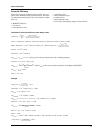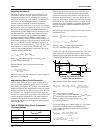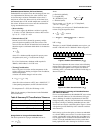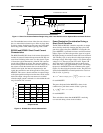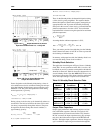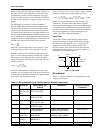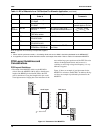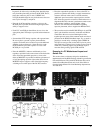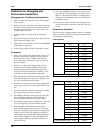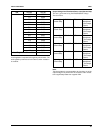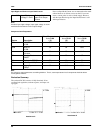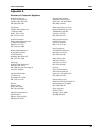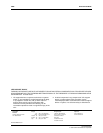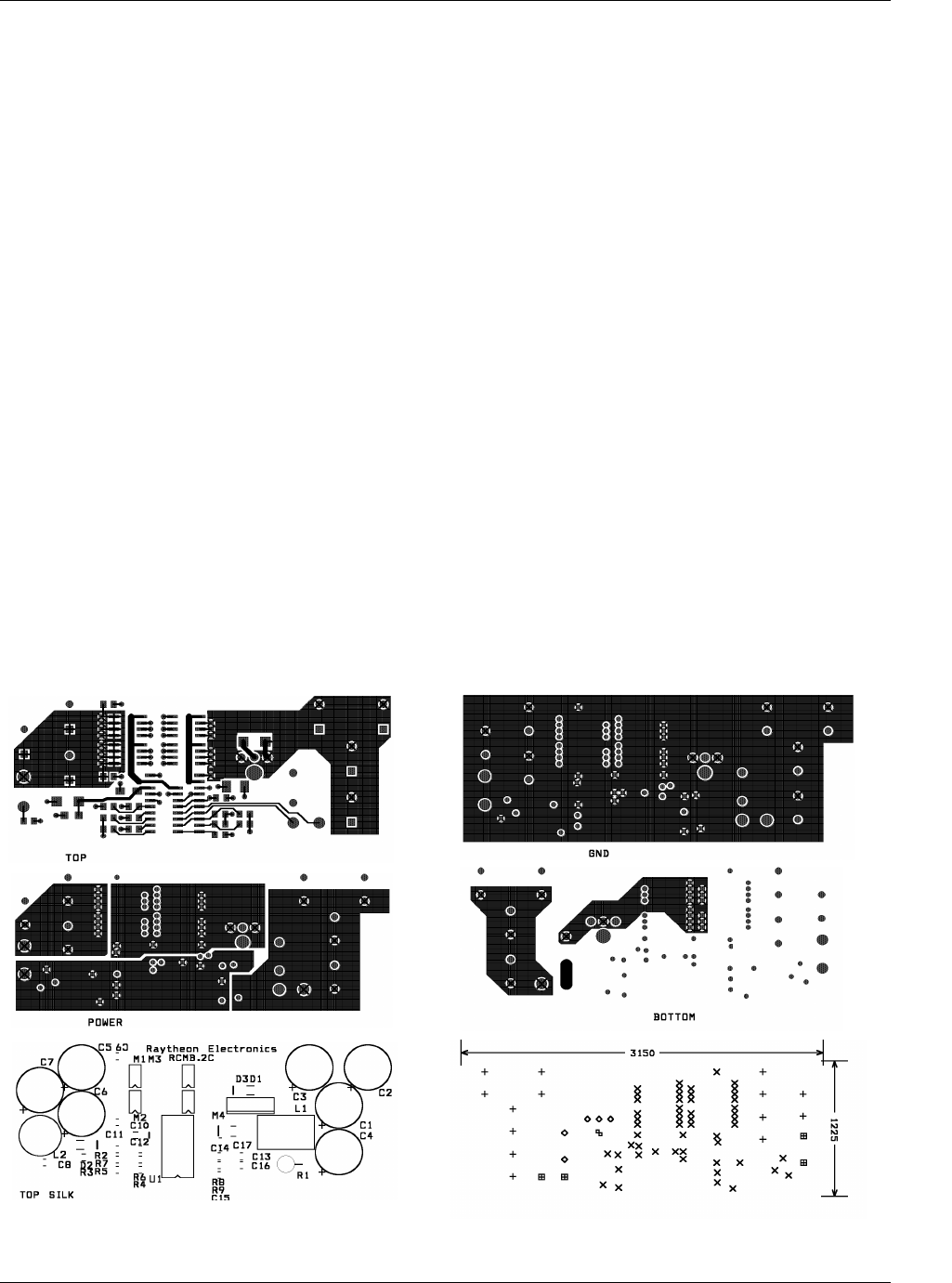
APPLICATION NOTE AN50
17
In general, all of the noisy switching lines should be kept
away from the quiet analog section of the RC5050. That is,
traces that connect to pins 12 and 13 (HIDRV and
VCCQP) should be kept far away from the traces that con-
nect to pins 1 through 5, and pin 16.
• Place the 0.1µF decoupling capacitors as close to the
RC5050 pins as possible. Extra lead length negates their
ability to suppress noise.
• Each VCC and GND pin should have its own via to the
appropriate plane. This helps to provide isolation between
pins.
• Surround the CEXT timing capacitor with a ground trace.
Be sure to place a ground or power plane under the
capacitor for further noise isolation to provide additional
shielding to the oscillator pin 1 from the noise on the
PCB. In addition, place this capacitor as close to the
RC5050 pin 1 as possible.
• Place the MOSFETs, inductor and Schottky as close
together as possible for the same reasons on the first bullet
above. Place the input bulk capacitors as close to the
drains of MOSFETs as possible. In addition, placement of
a 0.1µF decoupling capacitor right on the drain of each
MOSFET helps to suppress some of the high frequency
switching noise on the input of the DC-DC converter.
• Place the output bulk capacitors as close to the CPU as
possible to optimize their ability to supply instantaneous
current to the load in the event of a current transient.
Additional space between the output capacitors and the
CPU allows the parasitic resistance of the board traces to
degrade the DC-DC converter’s performance under severe
load transient conditions, causing higher voltage
deviation. For more detailed information regarding
capacitor placement, refer to Application Bulletin AB-5.
• The traces that run from the RC5050 IFB (pin 4) and VFB
(pin 5) pins should be run next to each other and Kelvin
connected to the sense resistor. Running these lines
together prevents some of the common mode noise that is
presented to the RC5050 feedback input. Try, as much as
possible, to run the noisy switching signals (HIDRV &
VCCQP) on one layer, but use the inner layers for power
and ground only. If the top layer is being used to route all
of the noisy switching signals, use the bottom layer to
route the analog sensing signals VFB and IFB.
Example of a PC Motherboard Layout and
Gerber File.
This section shows a reference design for motherboard
implementation of the RC5050 along with the Layout Gerber
File and Silk Screen. The actual PCAD Gerber File can be
obtained from Raytheon Electronics local Sales Office or
from the Semiconductor Division Marketing department at
415-966-7819.



